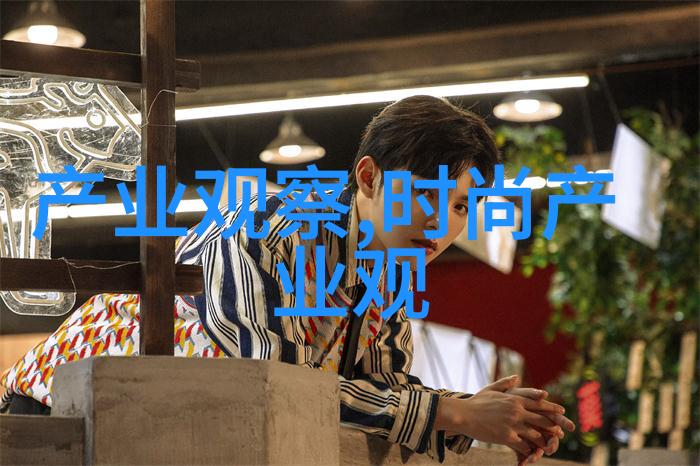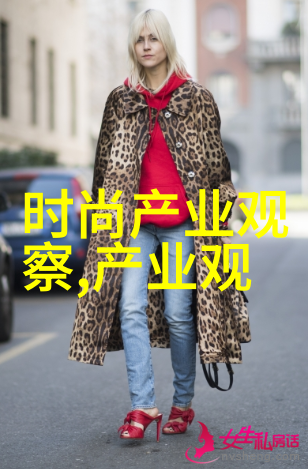从古代到现代:女人服装的历史演变

woman's clothing has undergone tremendous changes since ancient times. in the past, women wore clothes that were often restrictive and bound their movements, reflecting the societal norms of the time. however, with the advent of industrial revolution and technological advancements, fabrics became more accessible and affordable, leading to a shift towards more comfortable and practical clothing.
20世纪初的浪漫主义和自由主义

during the early 20th century, women's fashion experienced a significant transformation with the rise of romanticism and liberalism. designers such as charles frederick worth introduced loose-fitting garments that accentuated female curves without restricting movement. this period also saw a shift towards shorter hemlines and lighter colors which gave women greater freedom in their attire.
60年代风格革命:解放女性

in the 1960s, fashion played an important role in liberating women from traditional constraints. designers like coco channel popularized simple yet elegant designs that were both comfortable and stylish for everyday wear while breaking away from elaborate corsets or tightly laced bodices.
后现代与超现实主义时期(80-90年代)

postmodernism had a profound impact on fashion trends during this era with its rejection of historical styles for something new and experimental design concepts emerged where silhouettes shifted between softness & structure creating contrasted shapes on body forms.
当代时尚:多元文化与技术创新

contemporary fashion is characterized by diversity embracing various cultures around world it blends different styles together resulting into unique aesthetic statement; at same time technology plays crucial role through use advanced materials sustainable manufacturing techniques thus making high quality fashionable items accessible to wider audience
6.futuristic 和数字化设计趋势(21世纪后半叶)
futuristic designs have become increasingly popular as technology continues to advance allowing for creation innovative textiles wearable devices seamlessly integrated into our daily lives these trends represent not only evolution style but also reflection society's growing fascination digital communication virtual reality experiences




